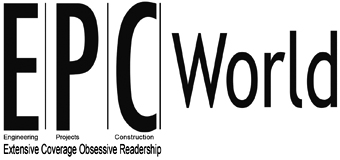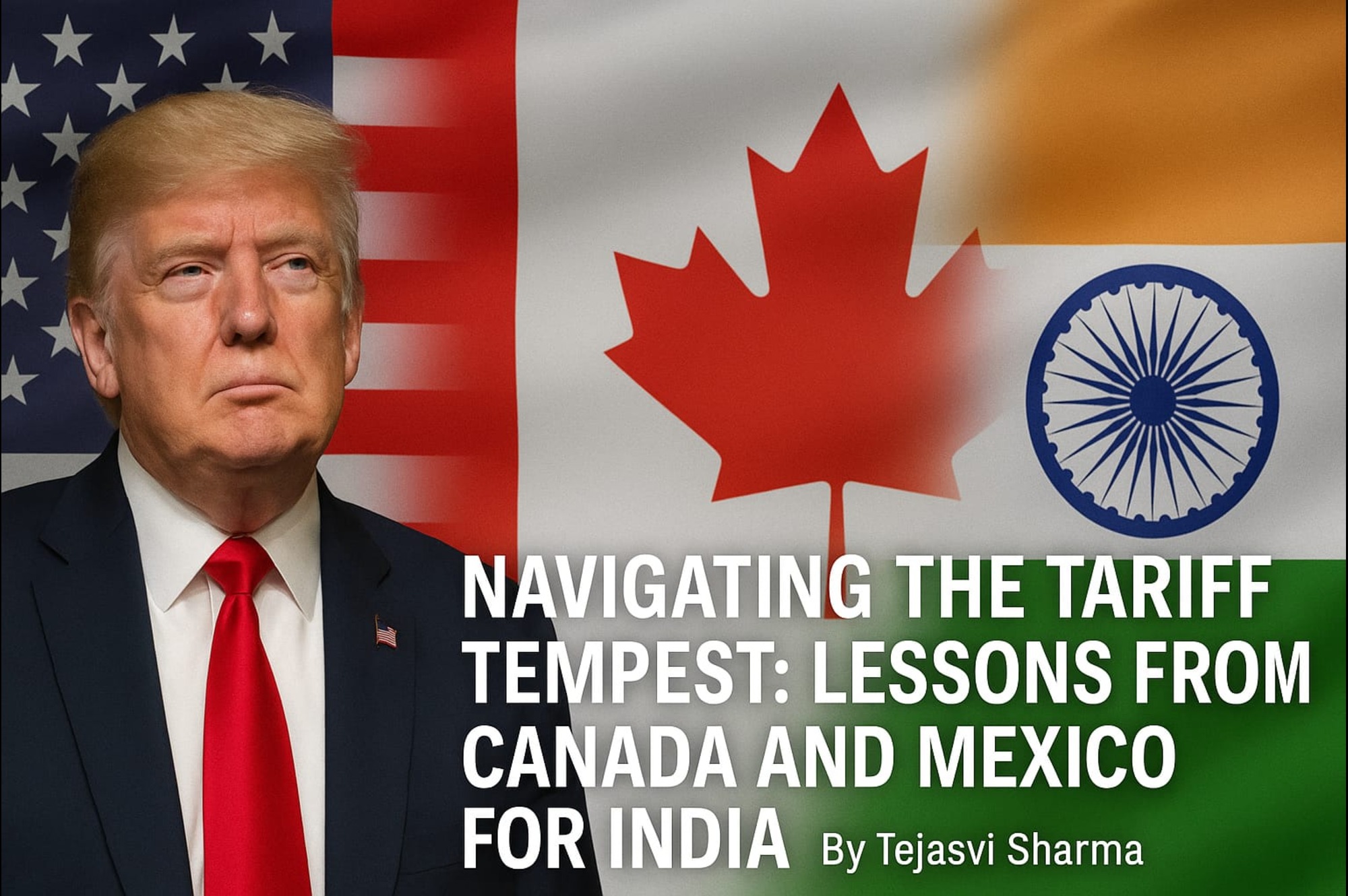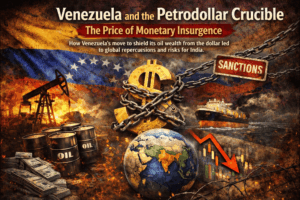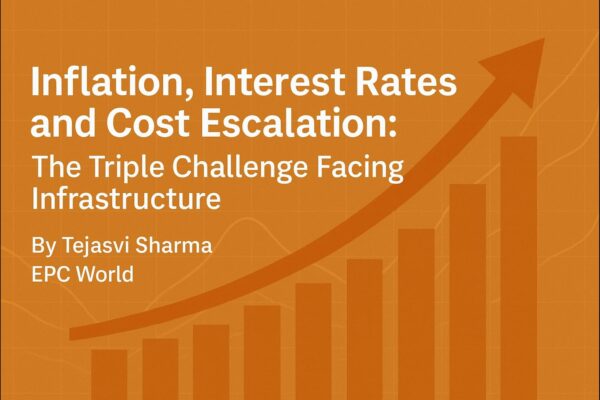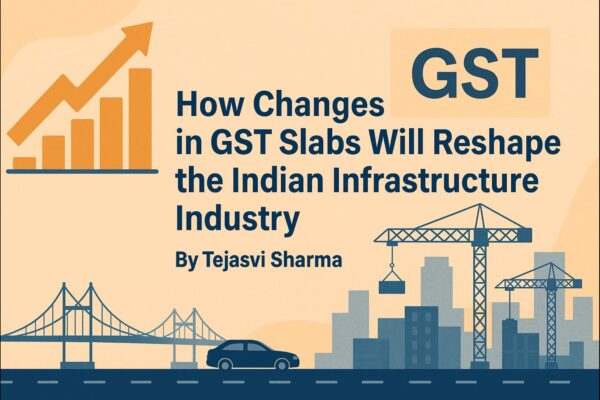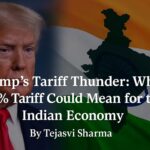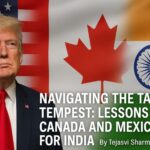Navigating the Tariff Tempest: Lessons from Canada and Mexico for India
by Tejasvi Sharma, Editor-in-Chief, EPC World
As Donald Trump returns to political prominence with his trademark economic nationalism and tariff diplomacy, nations across the globe are bracing for impact. For India, already witnessing signs of economic coercion through proposed duties on pharmaceuticals, textiles, and IT services, the situation is evocative of an earlier trade storm – Trump’s trade war with Canada and Mexico during his first term.
While Trump’s tariffs were often aimed at China, it was America’s own neighbours, Canada and Mexico, that faced some of the most aggressive actions – especially under the pretext of national security via Section 232 tariffs on steel and aluminium. Yet, through deft diplomacy, strategic economic alignment, and regional recalibration, both these countries not only survived the storm but reshaped their trade architecture. India has much to learn from their playbook.
Common Threads: How India Mirrors Their Predicament
Trade Dependence on the U.S.
Like Mexico and Canada, India has a high export dependency on the U.S., which remains its largest trade partner at over $78 billion annually in goods and services. While Mexico exports manufactured goods and autos, India’s vulnerability lies in IT services, pharmaceuticals, and textiles—labour-intensive sectors that support millions of jobs.
Geopolitical Undercurrents
Just as Mexico was under constant pressure over immigration, and Canada was targeted over Huawei and defence stances, India too faces geostrategic complexities – including its posture on Russia, regional alliances in the Indo-Pacific, and its refusal to sign defence pacts fully aligning it with the West.
Section 232 and Beyond
Trump’s use of national security justifications to slap tariffs could be reused against India’s critical exports, citing overdependence, data security, or regulatory gaps. This is eerily similar to his moves against Canada’s aluminium or Mexico’s border trade.
Strategic Lessons from the NAFTA Bloc
Rapid Treaty Recalibration: The USMCA Template
Faced with crippling tariffs, Canada and Mexico responded not with confrontation, but with comprehensive treaty reform—leading to the United States–Mexico–Canada Agreement (USMCA), which replaced NAFTA. The new agreement updated digital trade norms, auto-sector rules of origin, and labour clauses, enabling continuity in trade flows while safeguarding strategic interests.
🔹 India’s Move: Fast-track bilateral Free Trade Agreements (FTAs) with the UK, EU, UAE, and Australia to offset tariff risks and ensure alternate channels of growth. This also improves India’s negotiation leverage with Washington.
Counter-Tariff Targeting & Sectoral Insurance
Canada retaliated with proportional counter-tariffs, targeting politically sensitive U.S. exports like bourbon and motorcycles, hitting Trump’s voter base. Mexico did the same with agricultural products. These were not merely punitive but designed to create internal U.S. pressure.
🔹 India’s Move: Strategically design counter-duties on agri imports, defence procurement, or aviation parts, where U.S. exporters are heavily dependent. Meanwhile, create a Tariff Impact Insurance Fund for MSMEs affected by sudden trade shocks.
Public Diplomacy & Corporate Lobbying
Both nations launched extensive lobbying campaigns in Washington. Canadian premiers held 300+ meetings with U.S. state governors and senators, aligning with American businesses that needed Canadian aluminium. Mexican diplomats engaged the auto industry and supply chain giants to push back against disruptions.
🔹 India’s Move: Empower India Inc, CII, and FICCI to coordinate with U.S. tech, pharma, and auto giants who rely on Indian services or API supply chains. Use industry-to-industry pressure to soften political rhetoric.
Mitigating Long-Term Risks: India’s Way Forward
Diversify Trade Basket: India must not be overly reliant on one nation for strategic trade. Countries like Vietnam, Egypt, and Brazil offer new markets for pharma and engineering exports.
Resilient Export Infrastructure: Fast-track PM Gati Shakti, logistics corridors, and single-window customs clearance to make exports cost-competitive globally, reducing reliance on tariff-sensitive routes.
Digital Trade Governance: Like USMCA’s digital chapter, India must formalize its data protection, localization, and cross-border flow policies to align with international norms—ensuring its digital services exports aren’t caught off-guard.
De-Dollarization Hedge: Explore currency swap agreements with key partners and use platforms like BRICS Pay or INSTEX to hedge against sanctions and dollar-denominated tariff spikes.
Conclusion: From Passive Reaction to Strategic Precision
Canada and Mexico never matched the U.S. blow for blow. Instead, they responded with precision, maturity, and layered diplomacy—a model India must emulate. Tariffs are no longer just economic tools; they are instruments of geopolitical leverage.
India’s strength lies not only in its economic size or defence capability, but in its ability to navigate global turbulence with strategic restraint and agile realignment. As Trump stirs the trade waters again, New Delhi’s lessons from Ottawa and Mexico City may be the compass it needs to chart a resilient course.
Tags
